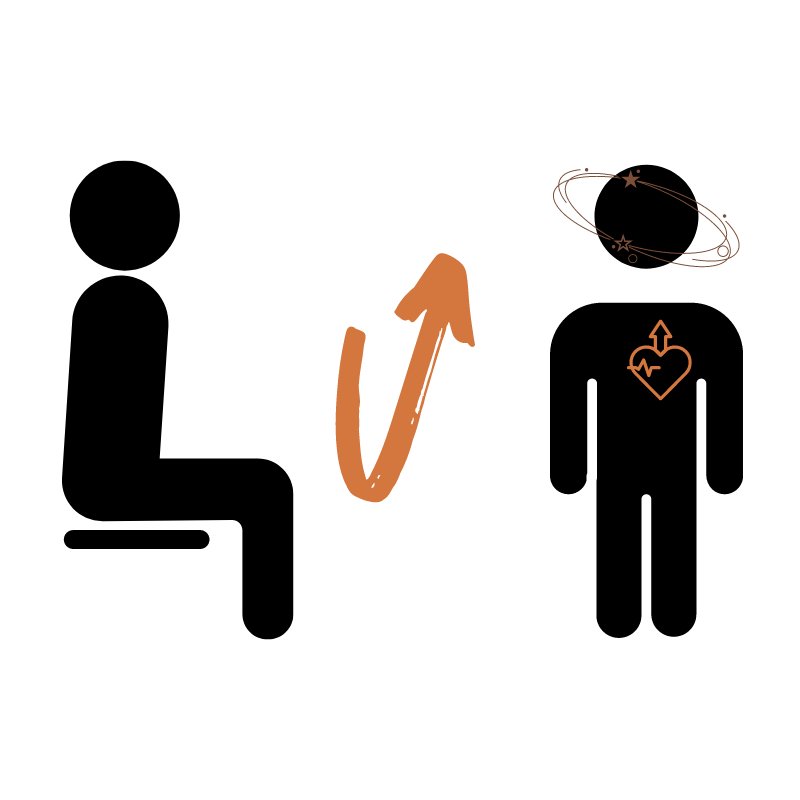Le syndrome de tachycardie orthostatique posturale est un trouble multisystémique chronique dont le symptôme cardinal est une tachycardie orthostatique. Appelé Postural Orthostatic Tachycardia Syndrome en anglais, les termes POTS ou STOP sont fréquemment utilisés.
Quels sont les symptômes?
Le principal symptôme du POTS est l’augmentation anormale du pouls (sans chute de tension artérielle) lorsque le patient passe de la position couchée à la position debout. Celle-ci est caractérisée par une fréquence cardiaque ≥ 120 battements/min ou une augmentation ≥ 30 battements/min…
English translation:
Postural orthostatic tachycardia syndrome is a chronic multisystem disorder whose cardinal symptom is orthostatic tachycardia. Called Postural Orthostatic Tachycardia Syndrome in English, the terms POTS or STOP are frequently used.
What are the symptoms?
The main symptom of POTS is an abnormal increase in pulse rate (without a drop in blood pressure) when the patient moves from a lying position to a standing position. This is characterized by a heart rate ≥ 120 beats/min or an increase of ≥ 30 beats/min…
The post Qu’est-ce que le POTS (syndrome de tachycardie orthostatique posturale)? first appeared on AQEM.




